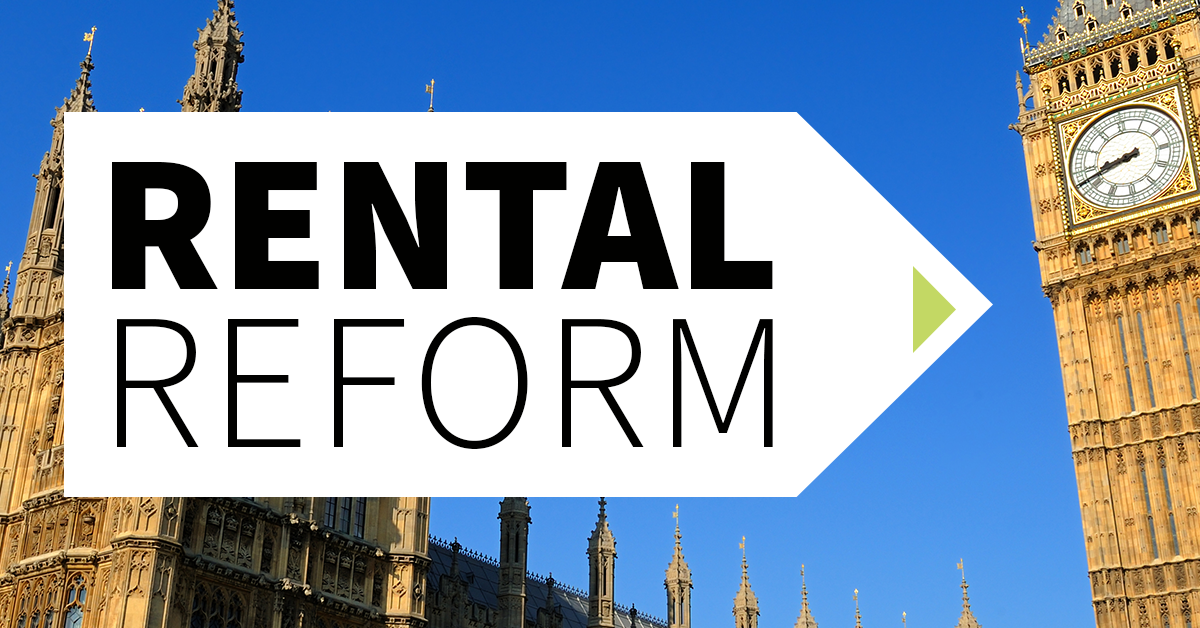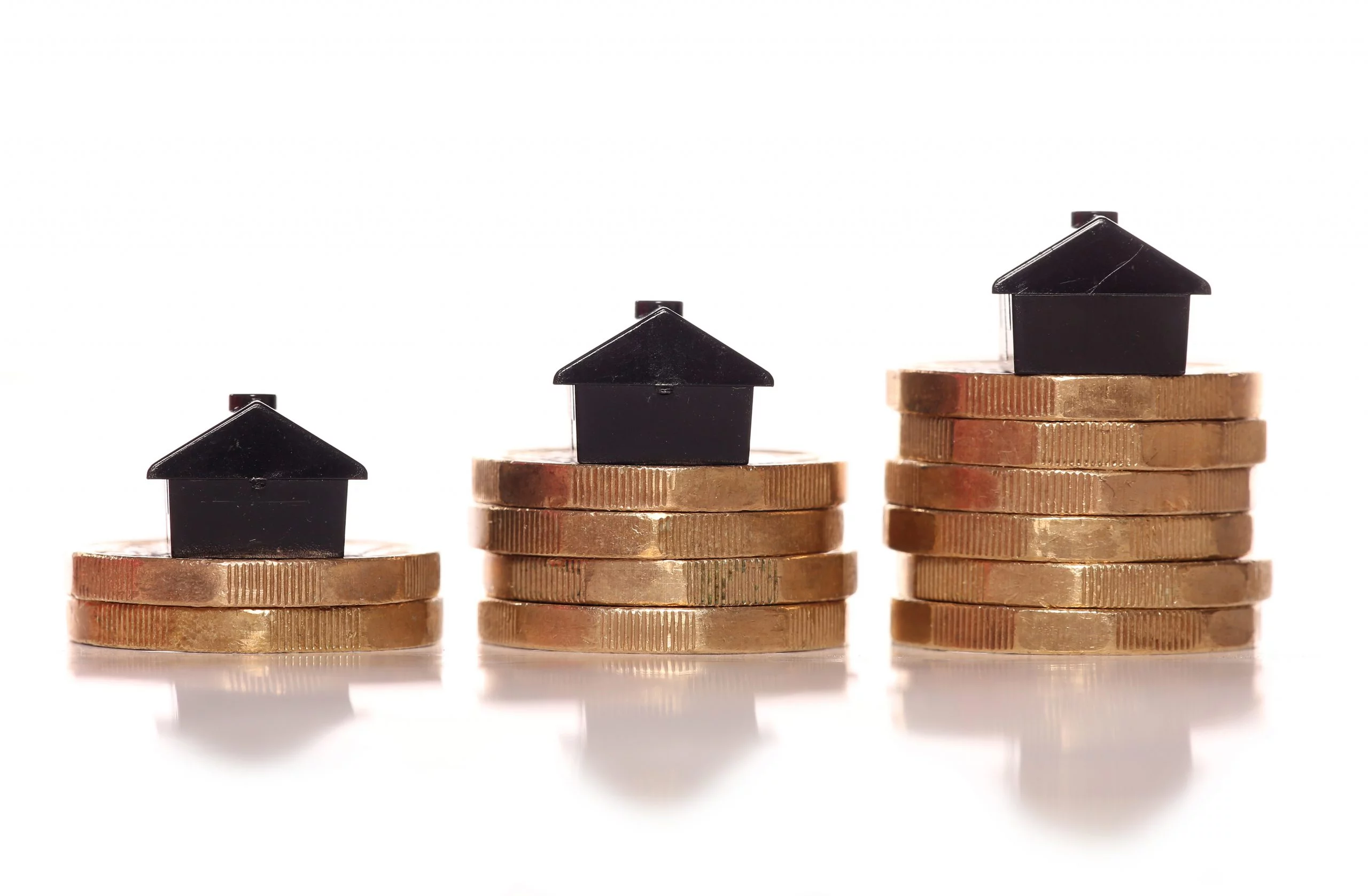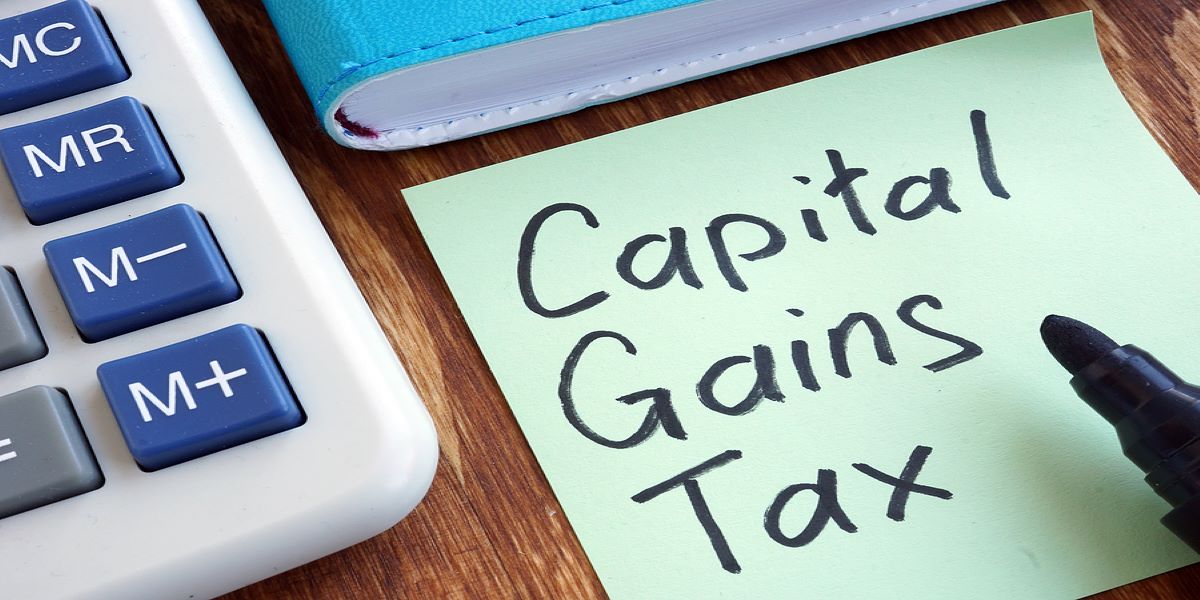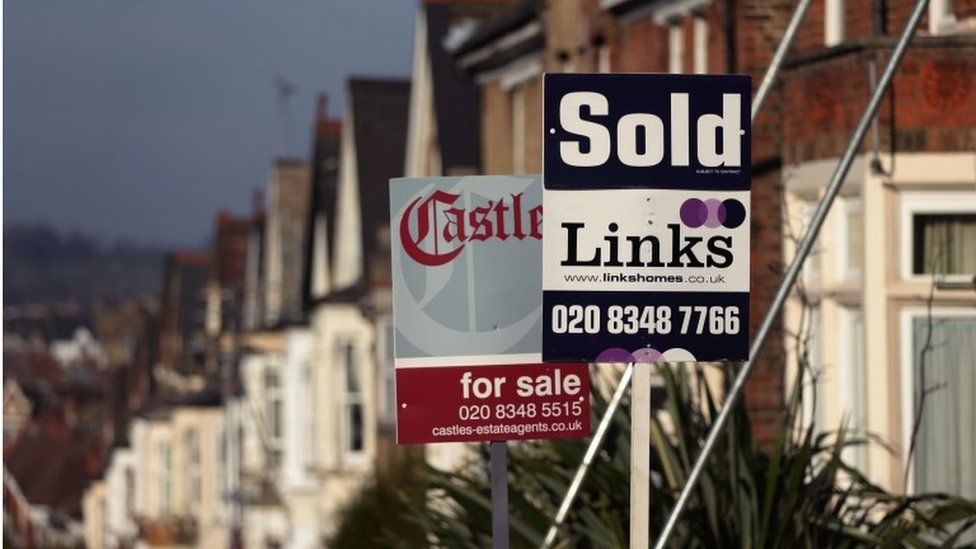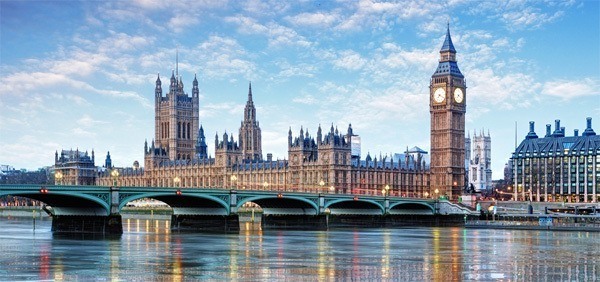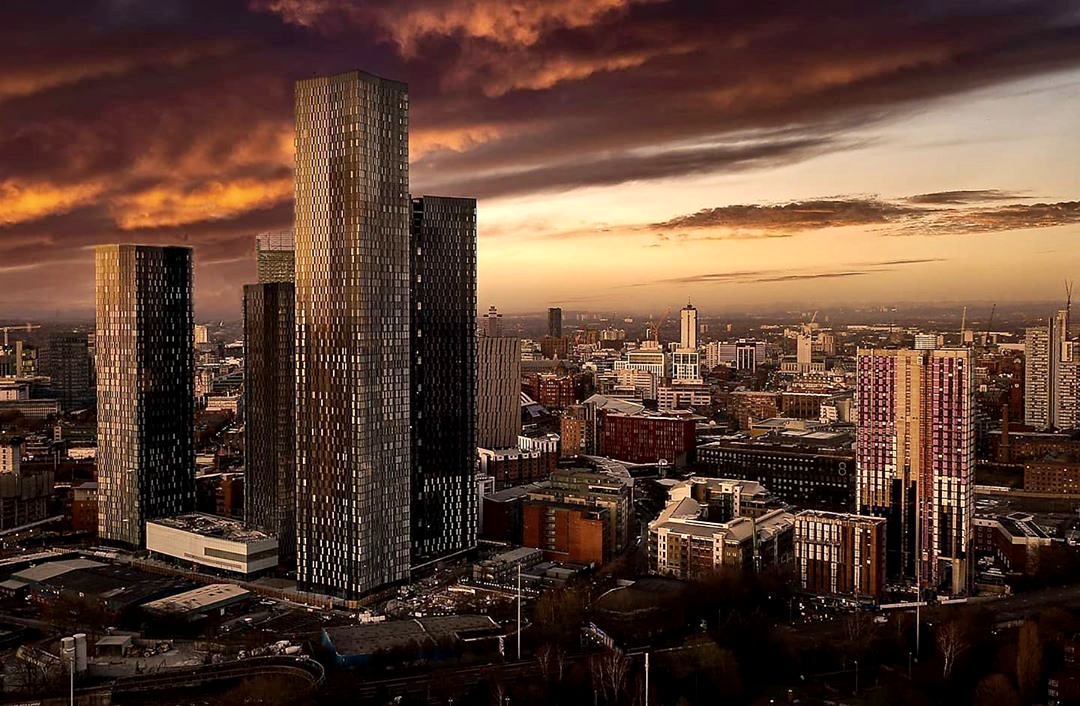Renters Reform Bill worse than feared!
Asking prices for British homes rose in May by more than in any other month this year as a better economic outlook and steadier mortgage rates offset the impact of the Bank of England's interest rates rises, property website Rightmove said.
The Bank of England is expected to raise interest rates above 5% before the end of the year after the UK annual inflation rate fell by less than expected last month as food prices accelerated at the fastest pace for 45 years.
New figures from HMRC reveal that the taxman collected £18.1 billion in CGT in 2022/23 and means the public now pay more CGT than the hated Stamp Duty.
Listings appear to be taking longer to sell but buyer and seller confidence remains, OnTheMarket (OTM) claims.
With a general election looming, here's what your agency and landlords need to know about Labour and Conservative plans for the housing sector.
No-fault evictions will be abolished and tenants will allowed to have pets with a new landlords ombudsman appointed to provide quick resolutions to disputes.
New data reveals that UK Build to Rent investment exceeds £1.1bn in Q1 2023, as rental demand soars and investor appetite remains.
- What Schemes Are Available to Help First Time Buyers?
- Rishi Sunak Wants to Revive Help to Buy for Renters
- Bank of England Announces Latest Interest Rate Hike
- There Are More Airbnbs Than Families on Waiting Lists
- Is it a Buyers' or Sellers' Market Now?
- UK House Prices Rise for First Time in Months
- Landlords See a Massive Increase in Fraudulent AST's
- Residential Planning Applications Down to Lowest Level Since 2012

